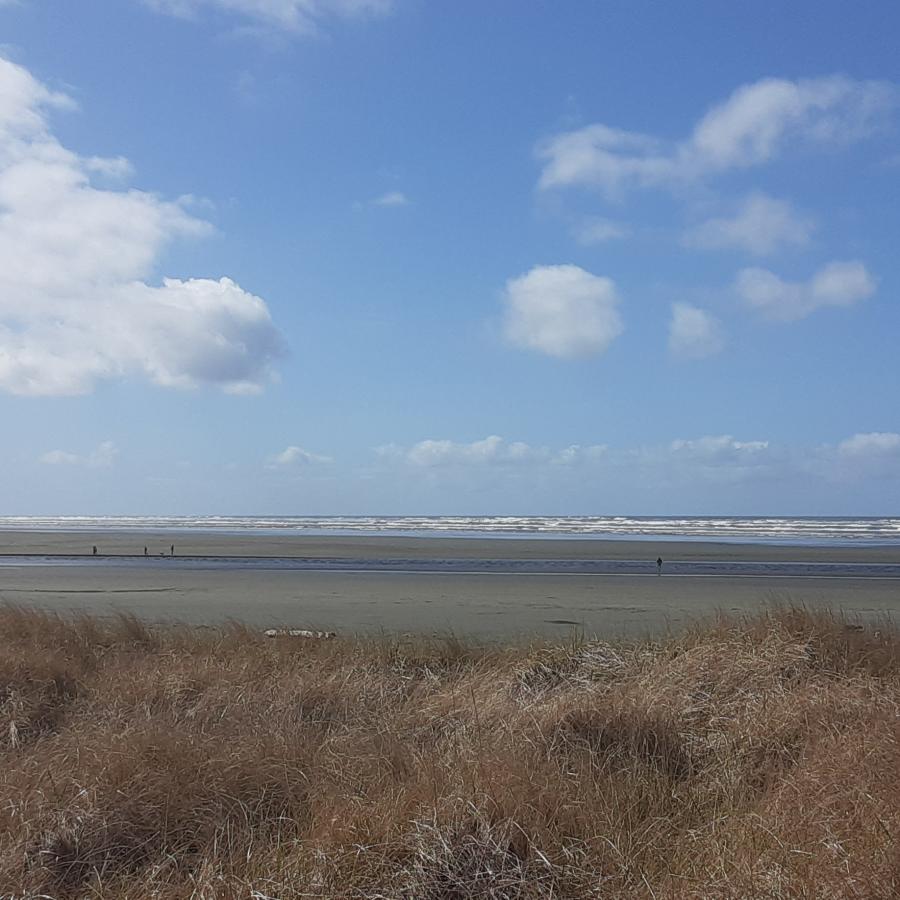
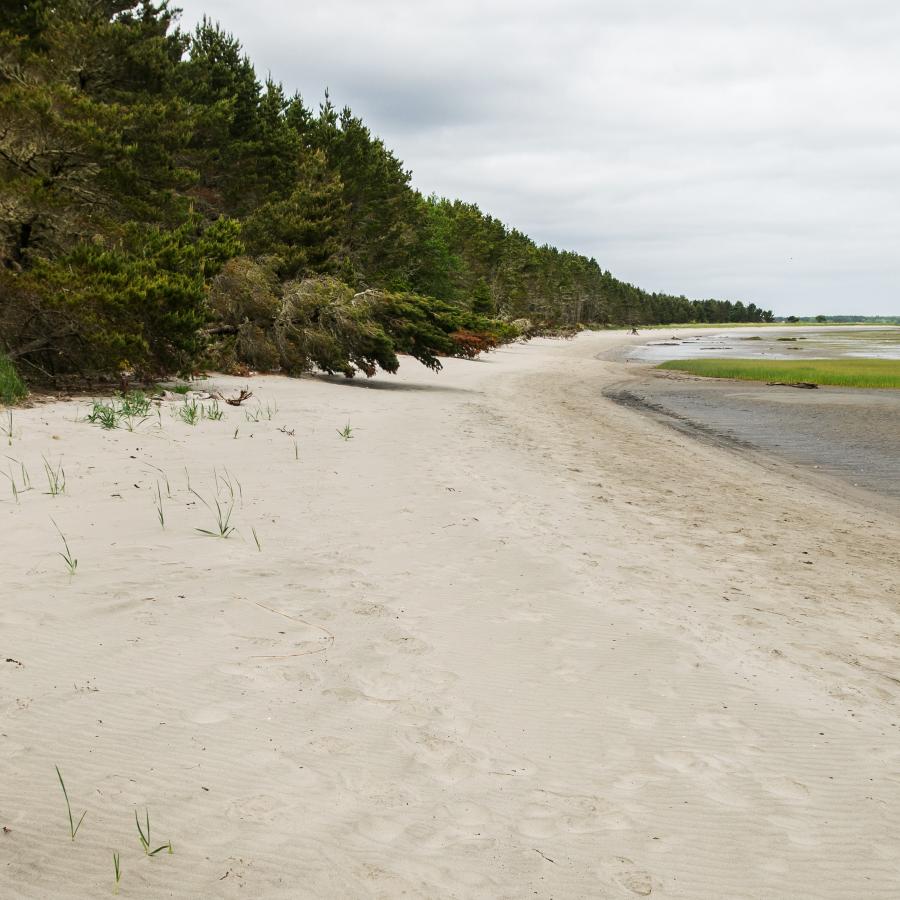
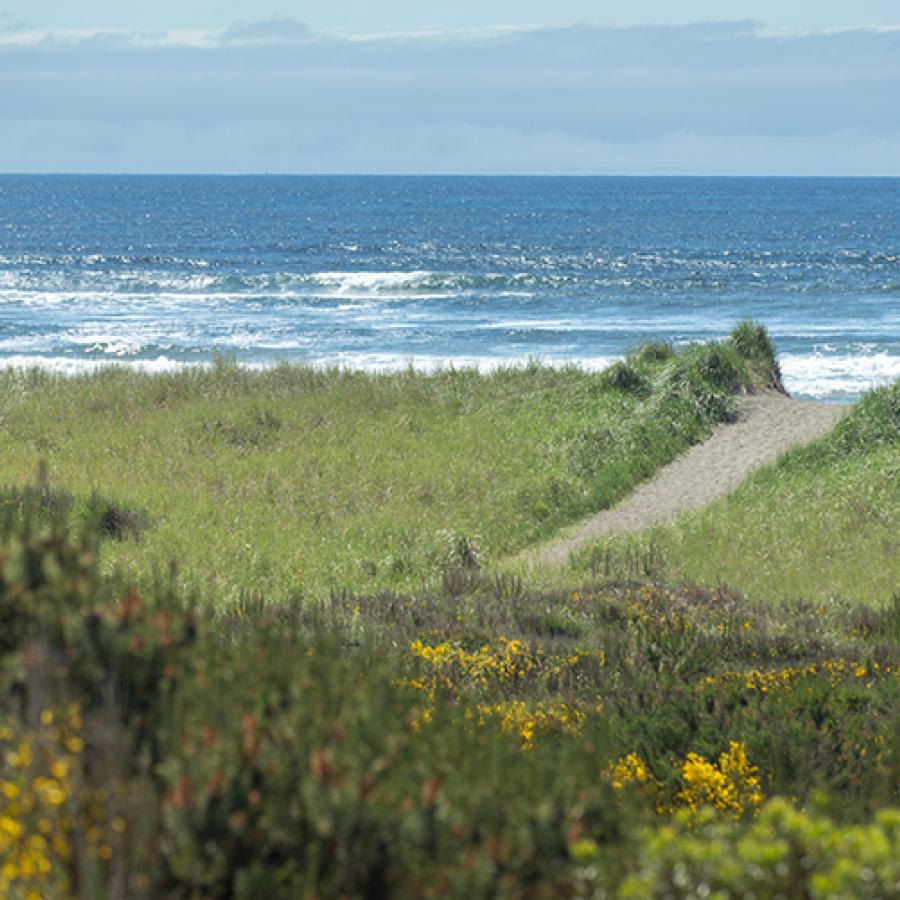
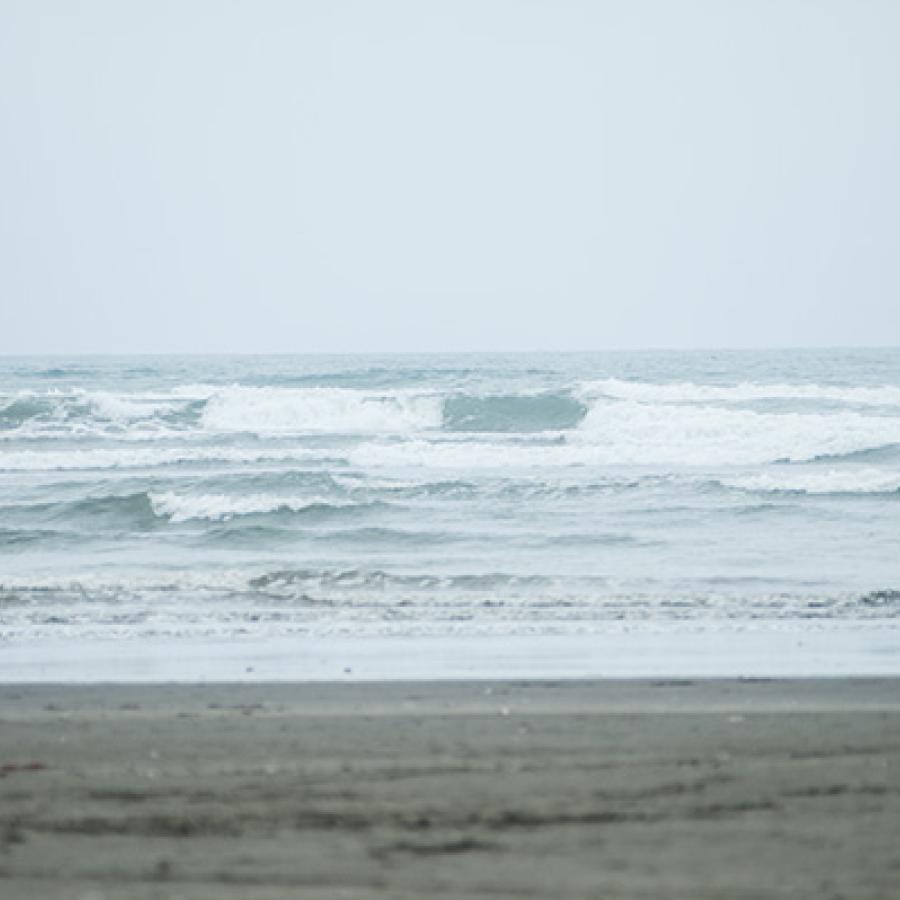
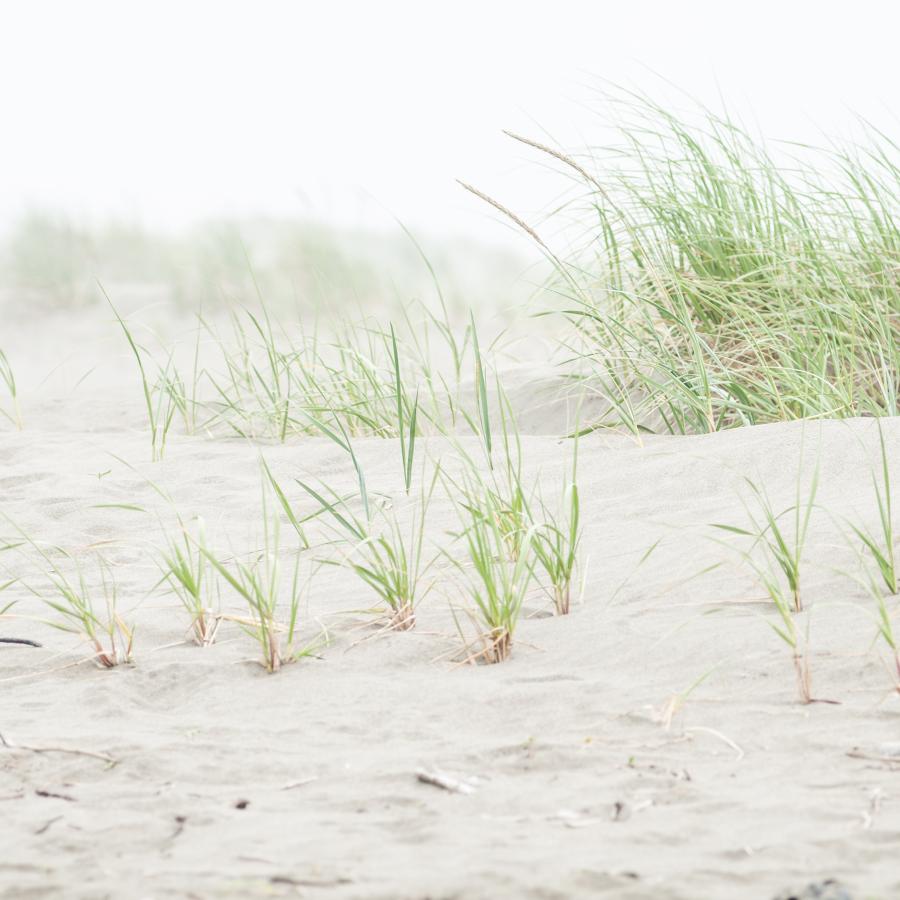
Fires allowed in all designated fire pits and grills. Propane and gas grills allowed.

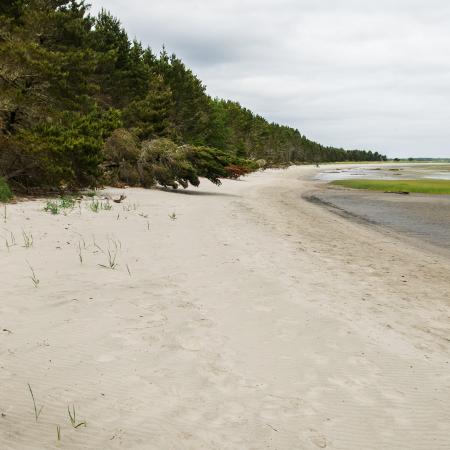
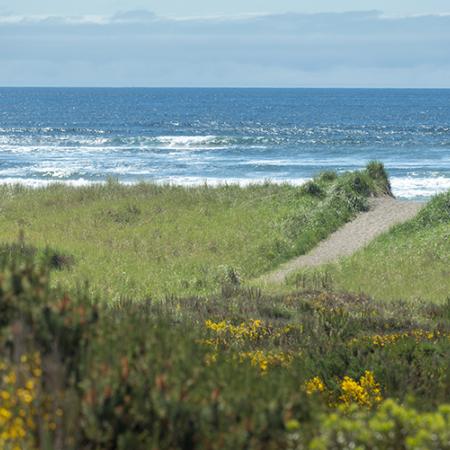
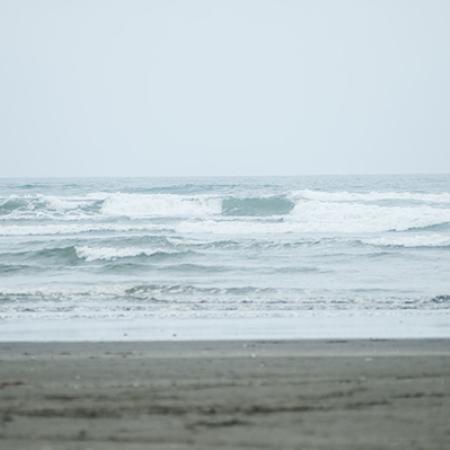
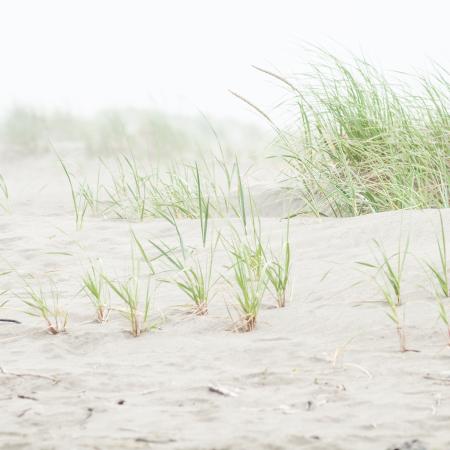
The Seashore Conservation Area was established in 1967 to provide and preserve recreational use on Washington's coast for generations to come.
Follow these guidelines to ensure your trip is safe and enjoyable.
The beach is a dynamic place and a calm-looking ocean can often be misleading. Make sure you are aware of rip currents and know tsunami evacuation procedures.
Camping and overnight parking are not allowed on the beach. Beach fires must be more than 100 feet from vegetation and no larger than 4x4x4 feet. Be kind to the environment and pack out what you pack in. You could get a ticket if you don't!
You can camp at one of many state parks near the beach.
Reserve a campsite near the beach
Fireworks are not allowed at state parks including the beach, except on specific dates and locations.
You may let pets off leash on the beach if you have good control of them. Please pick up after your animals, including horses. Watch after your pets and do not let them harass wildlife.
You may ride horses but must yield to pedestrians and vehicle traffic. Ride your horse at a walk or lead it through areas where there are many people, stay on hard sand and avoid clam beds.
You must get a permit to use remote-controlled aircraft, including drones. Wind-powered vehicles, such as kite buggies and land sailing yachts, are allowed in some beach areas. Learn more and view maps of allowable areas.
Many of the species on the beach are protected by federal law. Please don't harass wildlife or you may be get fined.
Remember to share the beach with wildlife and follow these guidelines to help keep them from harm:
Stay out of any areas marked as closed for the protection of wildlife. For example, many areas are closed March. 15 - Sept. 30 during western snowy plover nesting season.
Seal and sea lion pups are often left alone while mothers feed. They're not abandoned and should not be disturbed.
Keep your distance from wild animals. If an animal starts to stare, fidget or flee, you are too close. People and pets should remain at least 100 yards (a football field length) away from seals and sea lions.
Never offer food to wild animals and make sure to pack out all trash.
Prevent off-leash dogs from chasing birds or other wildlife.
When fishing or harvesting shellfish, make sure you have a recreational license and know the rules.
Help protect fragile sand dune habitat and fill in any holes after building sandcastles and sculptures.
The National Oceanic and Atmospheric Administration (NOAA) offers tips about observing marine mammals. Check out their Share the Shore (PDF, 1.7MB) and No Selfies with Seals (PDF, 3.9MB) brochures for more information.
The Seashore Conservation Area is considered a public highway. Driving on some beaches is allowed year-round, some sections are only open seasonally and others are closed all year. The maximum speed limit is 25 mph.
Remember pedestrians always have the right of way.
Off-road vehicles, such as all-terrain vehicles (ATVs) and utility vehicles (UTVs), are not allowed on the beach. Mobility devices used by individuals with disabilities are allowed, as consistent with State Park ADA Policy.
Learn more about beach driving, where vehicle traffic is permitted, speed limits and prohibited practices.
Review ocean beach rules (WAC 352-37) and the laws that govern the Seashore Conservation Area (RCW 79A.05.600 – 695).
Beach Exploration
Bird Watching
Boating
Fishing
Geocaching
Hiking, Walking, Rolling and Running
Horseback Riding
Interpretive and Visitor Centers
Metal Detecting
Shellfishing
Accessible Restrooms
Restrooms
Picnic Tables
Parking
Accessible Trails
Hiking Trails
Ocean Beach
Saltwater
Sandy Beach
Wildlife Viewing
Follow these guidelines to ensure your trip is safe and enjoyable.
The beach is a dynamic place and a calm-looking ocean can often be misleading. Make sure you are aware of rip currents and know tsunami evacuation procedures.
Camping and overnight parking are not allowed on the beach. Beach fires must be more than 100 feet from vegetation and no larger than 4x4x4 feet. Be kind to the environment and pack out what you pack in. You could get a ticket if you don't!
You can camp at one of many state parks near the beach.
Reserve a campsite near the beach
Fireworks are not allowed at state parks including the beach, except on specific dates and locations.
You may let pets off leash on the beach if you have good control of them. Please pick up after your animals, including horses. Watch after your pets and do not let them harass wildlife.
You may ride horses but must yield to pedestrians and vehicle traffic. Ride your horse at a walk or lead it through areas where there are many people, stay on hard sand and avoid clam beds.
You must get a permit to use remote-controlled aircraft, including drones. Wind-powered vehicles, such as kite buggies and land sailing yachts, are allowed in some beach areas. Learn more and view maps of allowable areas.
Many of the species on the beach are protected by federal law. Please don't harass wildlife or you may be get fined.
Remember to share the beach with wildlife and follow these guidelines to help keep them from harm:
Stay out of any areas marked as closed for the protection of wildlife. For example, many areas are closed March. 15 - Sept. 30 during western snowy plover nesting season.
Seal and sea lion pups are often left alone while mothers feed. They're not abandoned and should not be disturbed.
Keep your distance from wild animals. If an animal starts to stare, fidget or flee, you are too close. People and pets should remain at least 100 yards (a football field length) away from seals and sea lions.
Never offer food to wild animals and make sure to pack out all trash.
Prevent off-leash dogs from chasing birds or other wildlife.
When fishing or harvesting shellfish, make sure you have a recreational license and know the rules.
Help protect fragile sand dune habitat and fill in any holes after building sandcastles and sculptures.
The National Oceanic and Atmospheric Administration (NOAA) offers tips about observing marine mammals. Check out their Share the Shore (PDF, 1.7MB) and No Selfies with Seals (PDF, 3.9MB) brochures for more information.
The Seashore Conservation Area is considered a public highway. Driving on some beaches is allowed year-round, some sections are only open seasonally and others are closed all year. The maximum speed limit is 25 mph.
Remember pedestrians always have the right of way.
Off-road vehicles, such as all-terrain vehicles (ATVs) and utility vehicles (UTVs), are not allowed on the beach. Mobility devices used by individuals with disabilities are allowed, as consistent with State Park ADA Policy.
Learn more about beach driving, where vehicle traffic is permitted, speed limits and prohibited practices.
Review ocean beach rules (WAC 352-37) and the laws that govern the Seashore Conservation Area (RCW 79A.05.600 – 695).
Much of Washington's southern coast is part of the Seashore Conservation Area (SCA), which is managed by Washington State Parks.
The Seashore Conservation Area spans 62 miles of coastline, split into three sections and includes the land area between high tide and low tide.
Explore 27 miles from the mouth of the Columbia River at Cape Disappointment State Park to the tip of the Long Beach peninsula at Leadbetter Point State Park.
Wonder the 18 miles from Willapa Bay in Tokeland all the way to Point Chehalis in Westport.
Expreience the 22 mile stretch from Damon Point in Ocean Shores to the Quinault Indian Nation, north of Moclips.
10 state parks are located within the conservation area, offering you a variety of coastal scenery, local wildlife viewing and recreational activities to explore.
Loomis Lake State Park Property
Cape Disappointment State Park
Access the beach at Seaview, Sid Snyder, Bolstad, Cranberry, Klipsan, Ocean Park and Oysterville.
Access the beach at Grayland Beach, Warrenton Cannery, Bonge Avenue, County Line and Twin Harbors Gap Road.
Access the beach at the North Jetty, Taurus, Ocean Lake Way, Pacific, Chance A La Mer, Oyhut (Damon), Ocean City Ocean Beach Access, Roosevelt, Analyde Gap and Moclips.
Contact one of the agencies below to get information on transportation, lodging, and things to see and do.
Visit Long Beach Peninsula
3914 Pacific Way
Seaview, WA 98644
(360) 642-2400
Willapa National Wildlife Refuge
U.S. Fish and Wildlife Service
3888 SR 101
Ilwaco, WA 98624
(360) 484-3482
Grays Harbor Convention and Visitors Bureau
P.O. Box 1229
Elma, WA 98541
(800) 621-9625